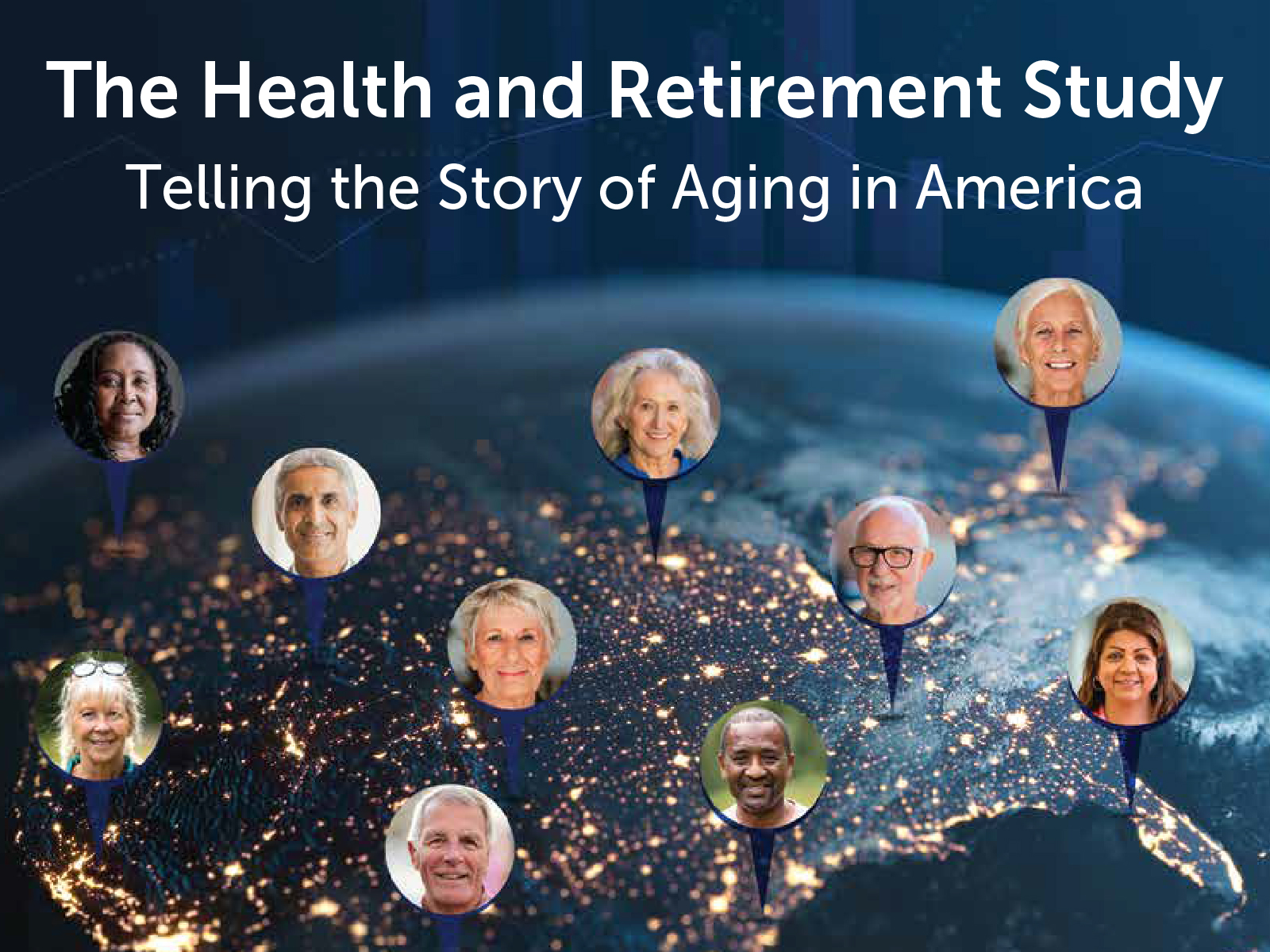For more than 30 years, the Health and Retirement Study (HRS) has been a leading source for information on the health and economic circumstances of adults over age 50 in the United States.
By asking select individuals to participate in the study and tell us about their lives, HRS paints an invaluable portrait of America’s older adults. Hundreds of researchers use our completely anonymous statistical data to publish more than 300 research articles every year.
HRS began in 1992 when the very first participants agreed to share their stories with us. Nearly 30 years later, we now have over 40,000 stories that together paint a portrait of life as we age in America. As time goes on, some things change and some things stay the same, for better and for worse. Sharing your stories with us over the years helps us know the difference. This is important because this information can help the people who are trying to make things better, whether it’s doctors or policy makers.
Our lives are made up of so many parts. And life is complicated. Understanding all those parts and trying to unravel some of the mysteries is what HRS is all about. It means we ask a lot of questions to be able to tell the story of aging in America.
We all belong to a generation or birth cohort. On top of following the same people over time, HRS also follows different birth cohorts. This is important because the period in history when we were born and the times we live through all make a difference for how we live our lives.

Read the HRS data book, "Telling the Story of Aging in America," to learn more about the major themes of the study.